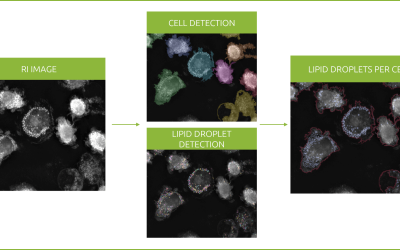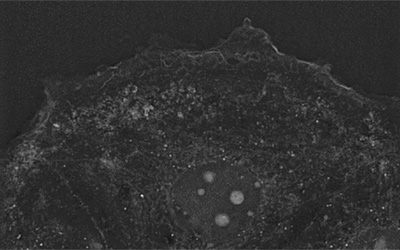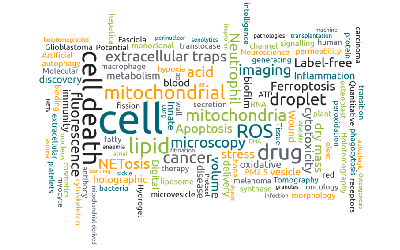Nanolive is happy to share a new publication in Radiology and Oncology, from users of the 3D Cell Explorer at the Medical University of Innsbruck, in Austria [1].

To date, one of the challenges in breast cancer clinical oncology is its metastatic progression, which is thought to be responsible for most breast cancer deaths. Thus, it is crucial to unveil the molecular mechanism underlying the process in order to develop biomarkers or to establish new therapeutic targets that could help improve clinical outcome in individuals suffering from breast cancer.
To address this issue, Negro and colleagues studied in vivo and in vitro parental and invasive cells from different types of breast carcinomas. They performed analysis regarding cell morphology, migratory and invasive abilities and marker expression, as well as cell proliferation, protein expression and molecular pathway activation linked to invasiveness.
They concluded that the different types of breast carcinoma cells studied coincided in terms of cellular morphology and linked increased invasiveness and migratory capacities. Nevertheless, the pathways associated with their increased metastatic properties differed between cell types. To that regard, they suggest that hormone receptor-positive invasive cells and triple-negative breast cancer cells behave similarly while Her2-positive metastasis breast cancer cells differ from the previous.
Nanolive’s 3D Cell Explorer was used to reveal cell morphology of the different breast cancer cells studied (for details, see Figure 1 in their publication). The authors identified specific carcinoma cell morphology on the cells. For invasive cells, a spindle-like form was described, together with increased cellular surface in comparison to parental cells, as a result of membrane ruffling and pronounced filopodia and filopodia formation. Reduced number of lipid droplets and pronounced mitochondrial fission was described for invasive cells as compared to parental cells. Additionally, lipid droplet distribution also differed between cells.
The full text is available here!
[1] Negro, G., Aschenbrenner, B., Brezar, S., et al. (2020). Molecular heterogeneity in breast carcinoma cells with increased invasive capacities. Radiology and Oncology, 0(0), pp. -. Retrieved 5 Mar. 2020, from doi:10.2478/raon-2020-0007
Read our latest news
Revolutionizing lipid droplet analysis: insights from Nanolive’s Smart Lipid Droplet Assay Application Note
Introducing the Smart Lipid Droplet Assay: A breakthrough in label-free lipid droplet analysis Discover the power of Nanolive's Smart Lipid Droplet Assay (SLDA), the first smart digital assay to provide a push-button solution for analyzing lipid droplet dynamics,...
Food additives and gut health: new research from the University of Sydney
The team of Professor Wojciech Chrzanowski in the Sydney Pharmacy School at the University of Sydney have published their findings on the toxic effect of titanium nanoparticles found in food. The paper “Impact of nano-titanium dioxide extracted from food products on...
2023 scientific publications roundup
2023 has been a record year for clients using the Nanolive system in their scientific publications. The number of peer-reviewed publications has continued to increase, and there has been a real growth in groups publishing pre-prints to give a preview of their work....
Nanolive microscopes
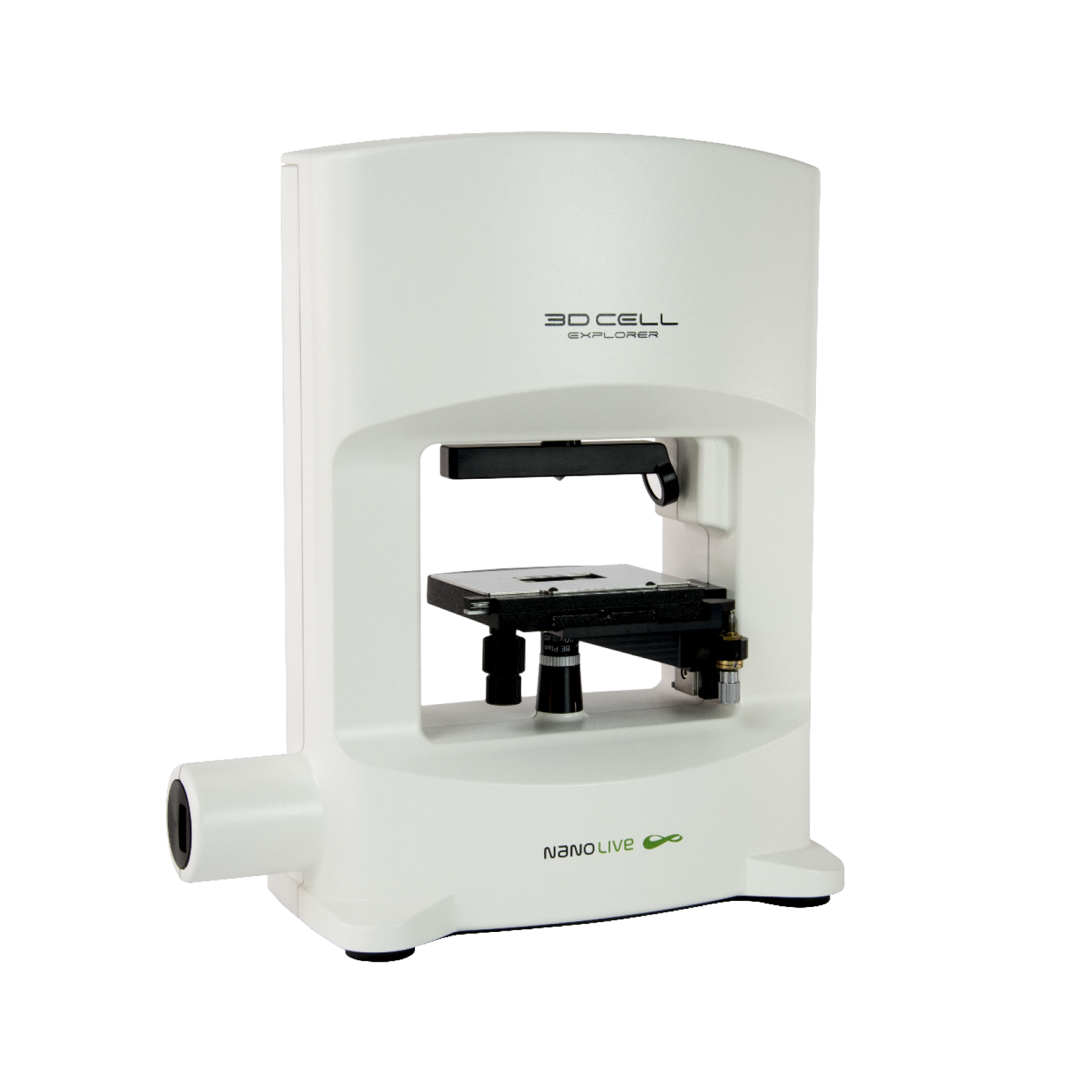
3D CELL EXPLORER
Budget-friendly, easy-to-use, compact solution for high quality non-invasive 4D live cell imaging
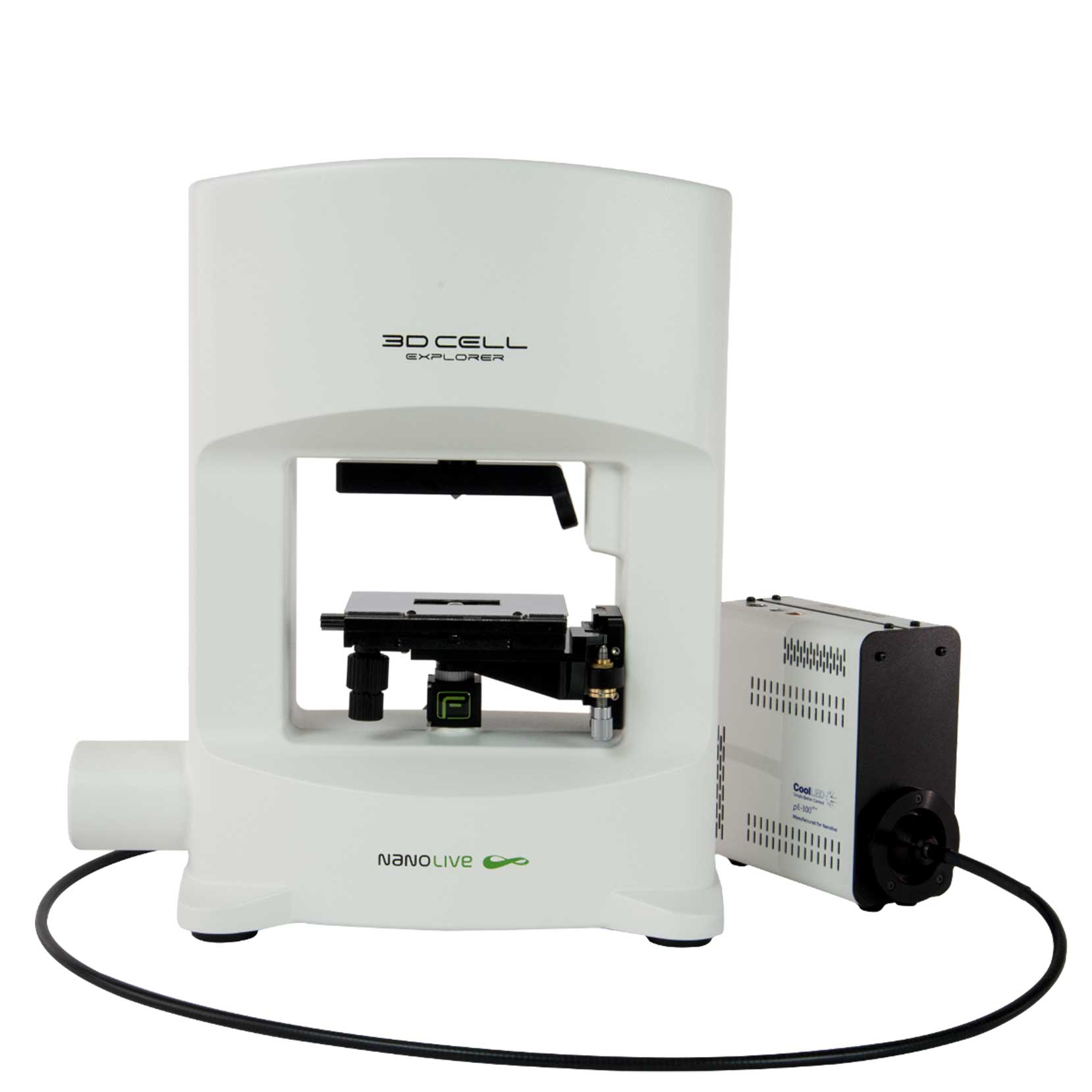
3D CELL EXPLORER-fluo
Multimodal Complete Solution: combine high quality non-invasive 4D live cell imaging with fluorescence

CX-A
Automated live cell imaging: a unique walk-away solution for long-term live cell imaging of single cells and cell populations

